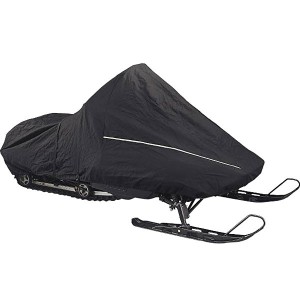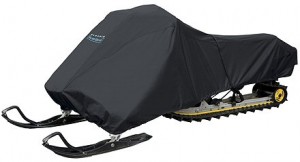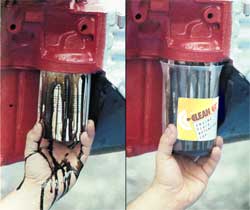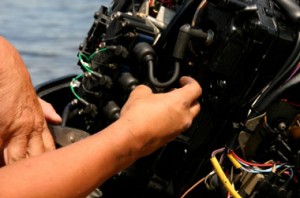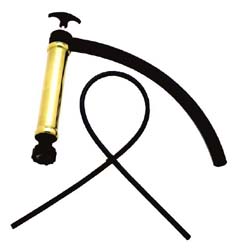Oil Spill Fuels Energy Debate
 Most outboard motor oil today is synthetic, so drilling really has no direct impact on production or market value. However, since the catalyst of this blog is oil, the massive spill in the Gulf of Mexico bears mentioning. Of course, the oil spill will have massive ramifications for the wildlife and ecosystems in the region, but it will also provide a new talking point in the ongoing debate on offshore drilling and alternative
Most outboard motor oil today is synthetic, so drilling really has no direct impact on production or market value. However, since the catalyst of this blog is oil, the massive spill in the Gulf of Mexico bears mentioning. Of course, the oil spill will have massive ramifications for the wildlife and ecosystems in the region, but it will also provide a new talking point in the ongoing debate on offshore drilling and alternative
For the last several years, the mantra of the Republican Party has been, drill baby, drill. President Obama has even taken steps to appease the GOP faithful by including offshore drilling in his new energy proposal. In the wake of the current disaster however, it will be difficult to find continued bipartisan support for any legislation that promotes the proliferation of drilling. Although there hasn’t been a major offshore drilling fiasco in 40 years, the current crisis in the Gulf is sure to raise concerns about drilling safety and viability.





